Description
Familiarity with treatment
A mini facelift is a less invasive version of a traditional facelift procedure. Here is an explanation of the mini facelift procedure based on the search results:
Purpose: A mini facelift aims to address skin-related issues such as sagging and wrinkles in the lower half of the face, particularly around the jawline and neck area.
Incisions: The surgeon makes small incisions around the hairline and/or behind the ears. These incisions are strategically placed to minimize visible scarring.
Tissue Lifting: Through the incisions, the surgeon lifts and repositions the underlying facial tissues, including the SMAS (superficial muscular aponeurotic system), to create a more youthful and rejuvenated appearance.
Excess Skin Removal: Excess skin is trimmed or removed to achieve a smoother and tighter contour.
Muscle Tightening: The surgeon may also tighten the underlying facial muscles to enhance the overall results.
Anesthesia: The procedure is typically performed under local anesthesia with sedation, although general anesthesia may be used in some cases.
Duration: The duration of a mini facelift procedure can vary but generally lasts around two hours, depending on the extent of correction and any additional procedures being performed simultaneously.
Recovery: After the surgery, you can expect some swelling, bruising, and discomfort, which can be managed with prescribed pain medication. Recovery time varies among individuals, but most people can resume normal activities within 1-2 weeks.
Who is it suitable for?
A mini facelift is generally suitable for individuals who have mild to moderate signs of aging in the lower face, such as sagging skin, jowls, and wrinkles. Here are some key points to consider based on the search results:
Mild to Moderate Signs of Aging: A mini facelift is typically recommended for individuals who are experiencing early signs of aging, such as mild sagging of the jawline and cheeks. It is not suitable for individuals with advanced signs of aging or significant sagging of the cheeks.
Desire for Natural-Looking Results: If you are looking for a more subtle and natural improvement in your facial appearance, a mini facelift may be a suitable option. It can provide a refreshed and rejuvenated look without drastic transformations.
Limited Downtime: Compared to a traditional facelift, a mini facelift generally involves a shorter recovery period. This can be beneficial for individuals who have busy schedules and cannot afford an extended downtime.
Realistic Expectations: It’s important to have realistic expectations about the outcomes of a mini facelift. While it can effectively address sagging skin in the lower face, it may not provide significant improvement in the neck area or address issues in the upper face, such as eye bags or forehead wrinkles.
Good Overall Health: Like any surgical procedure, it’s important to be in good overall health to undergo a mini facelift. Your surgeon will evaluate your medical history and perform a thorough assessment to ensure you are a suitable candidate for the procedure.
Who is it not suitable for?
Based on the search results, a mini facelift may not be suitable for everyone. Here are some factors to consider:
Advanced Signs of Aging: A mini facelift is typically recommended for individuals with mild to moderate signs of aging. If you have significant sagging of the cheeks, deep wrinkles, or fully formed jowls, a full facelift may be more appropriate to address your concerns.
Desire for Dramatic Results: If you are seeking more dramatic and extensive improvements in your facial appearance, a mini facelift may not provide the level of correction you desire. It is designed to address light to moderate aging of the face and may not give significant improvement in the neck area.
Upper Face Concerns: A mini facelift primarily focuses on the lower half of the face, particularly the jawline and cheeks. It does not directly address issues in the upper face, such as eye bags, forehead wrinkles, or sagging brows. If you have concerns in the upper face, additional procedures may be necessary.
Realistic Expectations: It’s important to have realistic expectations about the outcomes of a mini facelift. While it can provide a noticeable improvement, it may not achieve the same level of results as a full facelift. Discuss your expectations with a qualified plastic surgeon to determine the most suitable procedure for your goals.
Health Considerations: Like any surgical procedure, there are certain health considerations that may affect your suitability for a mini facelift. Your surgeon will evaluate your medical history, overall health, and any specific concerns to determine if you are a suitable candidate.
Advantages
Based on the search results, here are some advantages of a mini facelift:
Shorter Recovery Time: Compared to a traditional facelift, a mini facelift generally involves a shorter recovery period. This means less time off work and a quicker return to daily activities.
Less Invasive: A mini facelift is a less invasive procedure compared to a full facelift. It typically involves smaller incisions and less extensive dissection of tissues, resulting in potentially less scarring and a reduced risk of complications.
Natural-Looking Results: A mini facelift aims to provide natural-looking results by addressing mild to moderate signs of aging in the lower face. It can help tighten sagging skin, improve jawline definition, and reduce the appearance of wrinkles, resulting in a refreshed and rejuvenated appearance.
Lower Cost: The cost of a mini facelift is generally lower than that of a full facelift. This can make it a more affordable option for individuals seeking facial rejuvenation.
Local Anesthesia: A mini facelift is often performed under local anesthesia with sedation, which can be more comfortable for some patients compared to general anesthesia.
Complications
Complications can occur with any surgical procedure, including a mini facelift. It’s important to be aware of the potential risks involved. Here are some complications that may be associated with a mini facelift, as mentioned in the search results:
Bleeding: Bleeding is a common complication after any surgical procedure, including a facelift. The risk of bleeding after a facelift is generally low, but it can occur. Patients with high blood pressure or men may have a slightly higher risk of bleeding.
Skin Necrosis: Skin necrosis is a rare but possible complication of a facelift. It occurs when the blood supply to the skin is compromised, leading to tissue death. The rate of skin necrosis is generally low, ranging from 1% in sub-SMAS procedures to 3.6% in skin-only facelifts.
Infection: Infection is a rare complication after a facelift due to the well-vascularized nature of the face. However, if an infection does occur, it will require appropriate treatment, which may involve antibiotics.
Hair Loss: Temporary or permanent hair loss near the incision sites can occur after a facelift. Permanent hair loss can be addressed with surgical procedures to transplant skin with hair follicles.
Unsatisfactory Results: There is a possibility of unsatisfactory results after a facelift, including asymmetry, unsatisfactory surgical scar location, or visible deformities at the ends of the incisions. It’s important to have realistic expectations and discuss your goals with your surgeon.
Complications from Anesthesia: Like any surgical procedure, there is a risk of having a reaction to the anesthesia used during a facelift. Your surgeon will evaluate your medical history and take necessary precautions to minimize the risk.
preoperative care
Preoperative care for a mini facelift is an important aspect of ensuring a successful procedure and smooth recovery. Here are some key points regarding preoperative care based on the search results:
Choosing a Certified and Experienced Provider: It’s crucial to find a certified and experienced provider for your mini facelift. This helps ensure a smoother recovery process and reduces the risk of complications 1.
Preoperative Consultations: You will typically have one or more preoperative consultations with your plastic surgeon. During these consultations, your surgeon will evaluate your medical history, discuss your goals and expectations, and explain the procedure in detail.
Medical Evaluation: Your surgeon may conduct a medical evaluation to assess your overall health and suitability for the procedure. This may include blood tests, imaging, and other diagnostic tests.
Smoking Cessation: It is generally recommended to quit smoking at least one month before the surgery and continue to refrain from smoking for one month after the surgery. Smoking can increase the risk of complications and hinder the healing process 2.
Medication and Supplement Review: Your surgeon will review your current medications and supplements to determine if any adjustments need to be made prior to the surgery. Some medications and supplements may need to be temporarily discontinued to minimize the risk of complications 3.
Preoperative Instructions: Your surgeon will provide you with specific preoperative instructions to follow before the surgery. These instructions may include guidelines on eating and drinking, skincare, and avoiding certain medications or substances.
Arranging Transportation: Since a mini facelift is typically performed under local anesthesia with sedation, you may need to arrange for someone to drive you home after the procedure.
Postoperative care
Postoperative care is crucial for a successful recovery after a mini facelift. Here are some key points regarding postoperative care based on the search results:
Follow Surgeon’s Instructions: It’s important to carefully follow your surgeon’s postoperative care instructions. These instructions may include guidelines on incision care, medication usage, activity restrictions, and follow-up appointments.
Incision Care: Proper care of the incisions is essential to prevent infection and promote healing. Your surgeon will provide specific instructions on how to clean and care for the incisions. It’s important to keep the incisions clean and dry as instructed.
Managing Discomfort: You may experience some discomfort, swelling, and bruising after the surgery. Your surgeon may prescribe pain medication to manage any pain or discomfort. Applying cold compresses as directed can help reduce swelling.
Wearing Compression Garments: Your surgeon may recommend wearing a compression garment or bandage to minimize swelling and support the healing process. Follow your surgeon’s instructions regarding the duration and usage of compression garments.
Rest and Recovery: Adequate rest and recovery are essential for a smooth healing process. It’s important to avoid strenuous activities, heavy lifting, and excessive facial movements during the initial recovery period. Your surgeon will provide specific guidelines on when you can gradually resume normal activities.
Follow-up Appointments: Regular follow-up appointments with your surgeon are important to monitor your healing progress and address any concerns or questions you may have. Attend all scheduled appointments and communicate any changes or issues you experience during your recovery.
Healthy Lifestyle: Maintaining a healthy lifestyle can contribute to a smoother recovery. This includes eating a nutritious diet, staying hydrated, avoiding smoking and alcohol, and following any specific dietary or lifestyle recommendations provided by your surgeon.


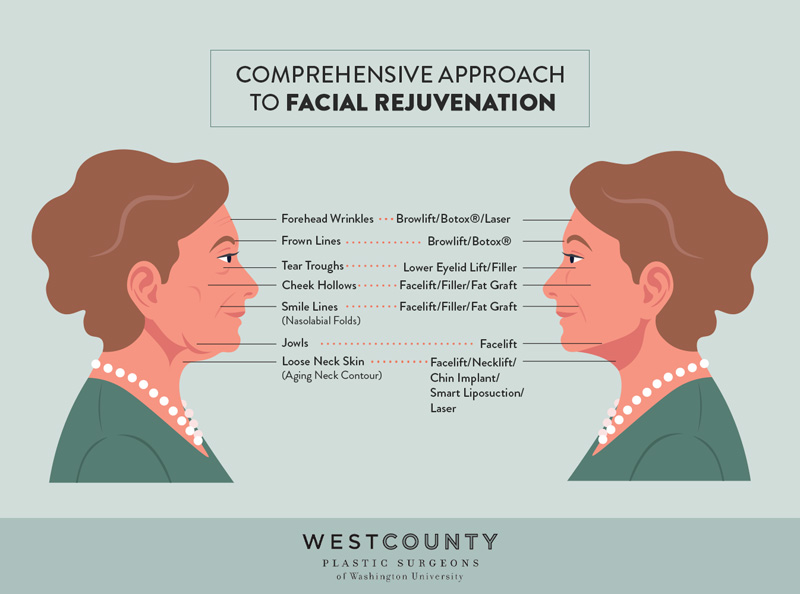
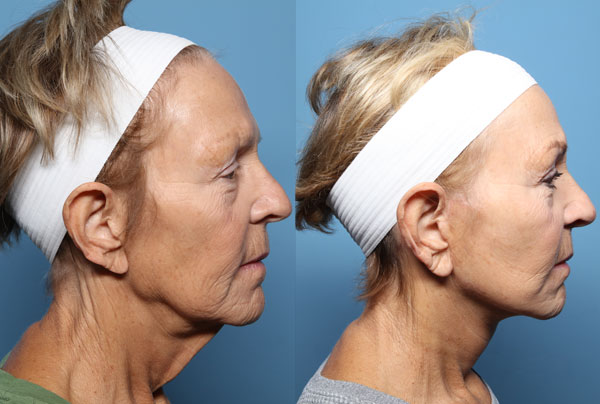
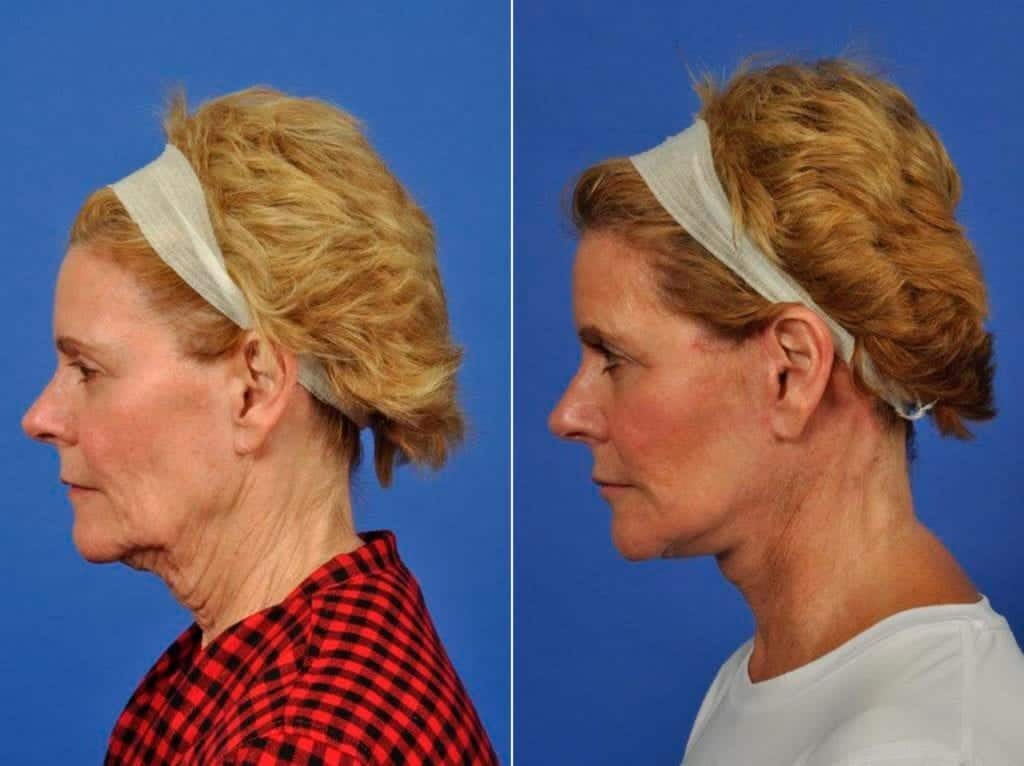

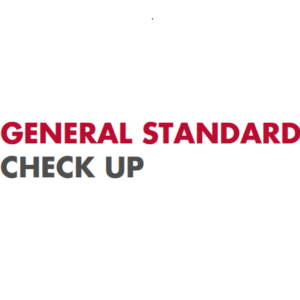
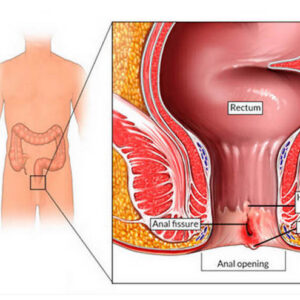
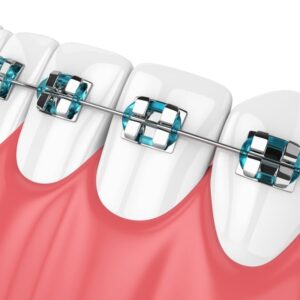
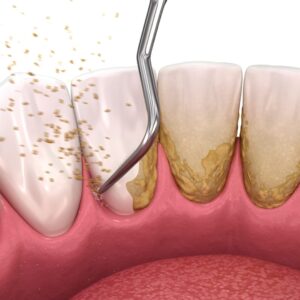
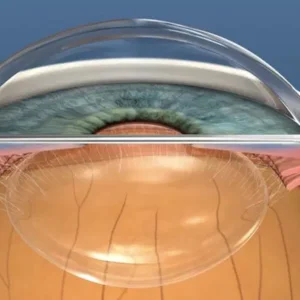

Reviews
There are no reviews yet.